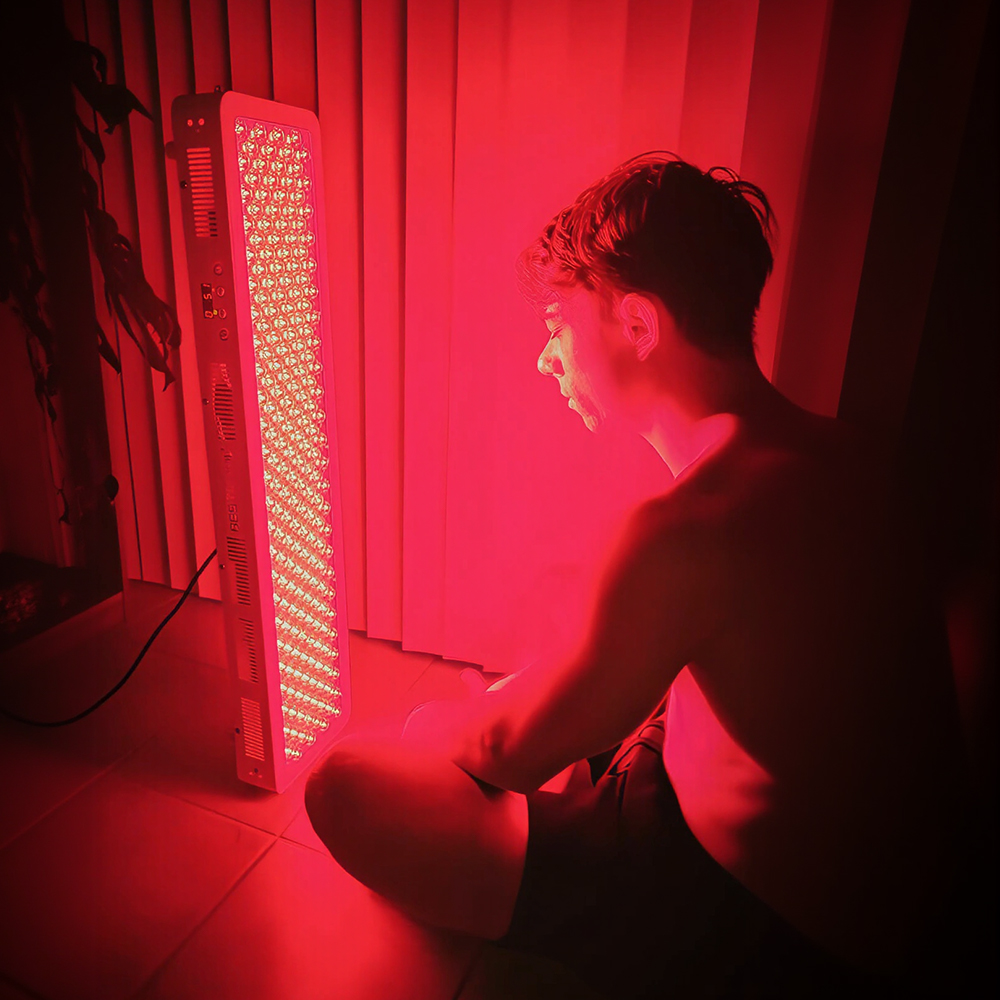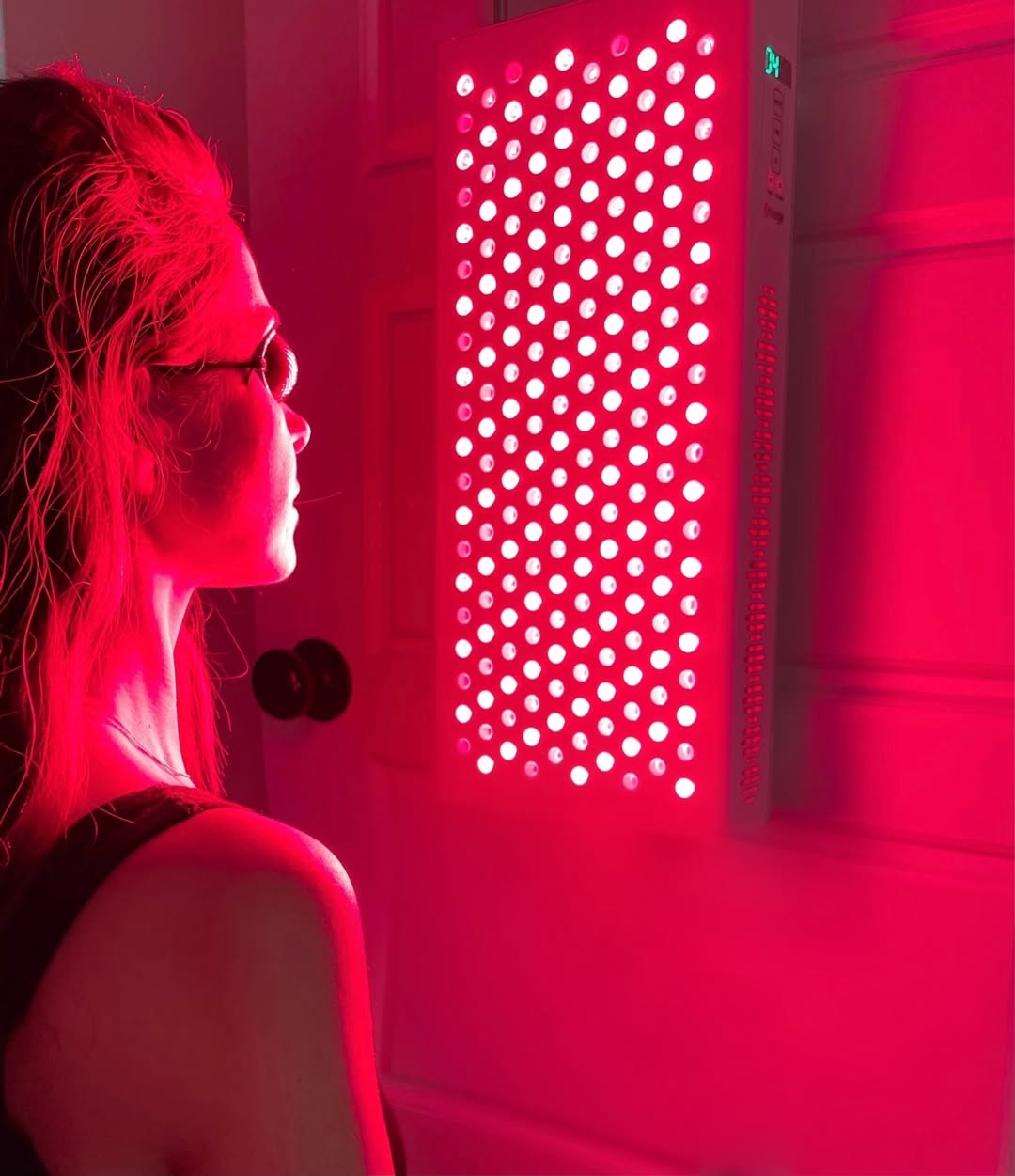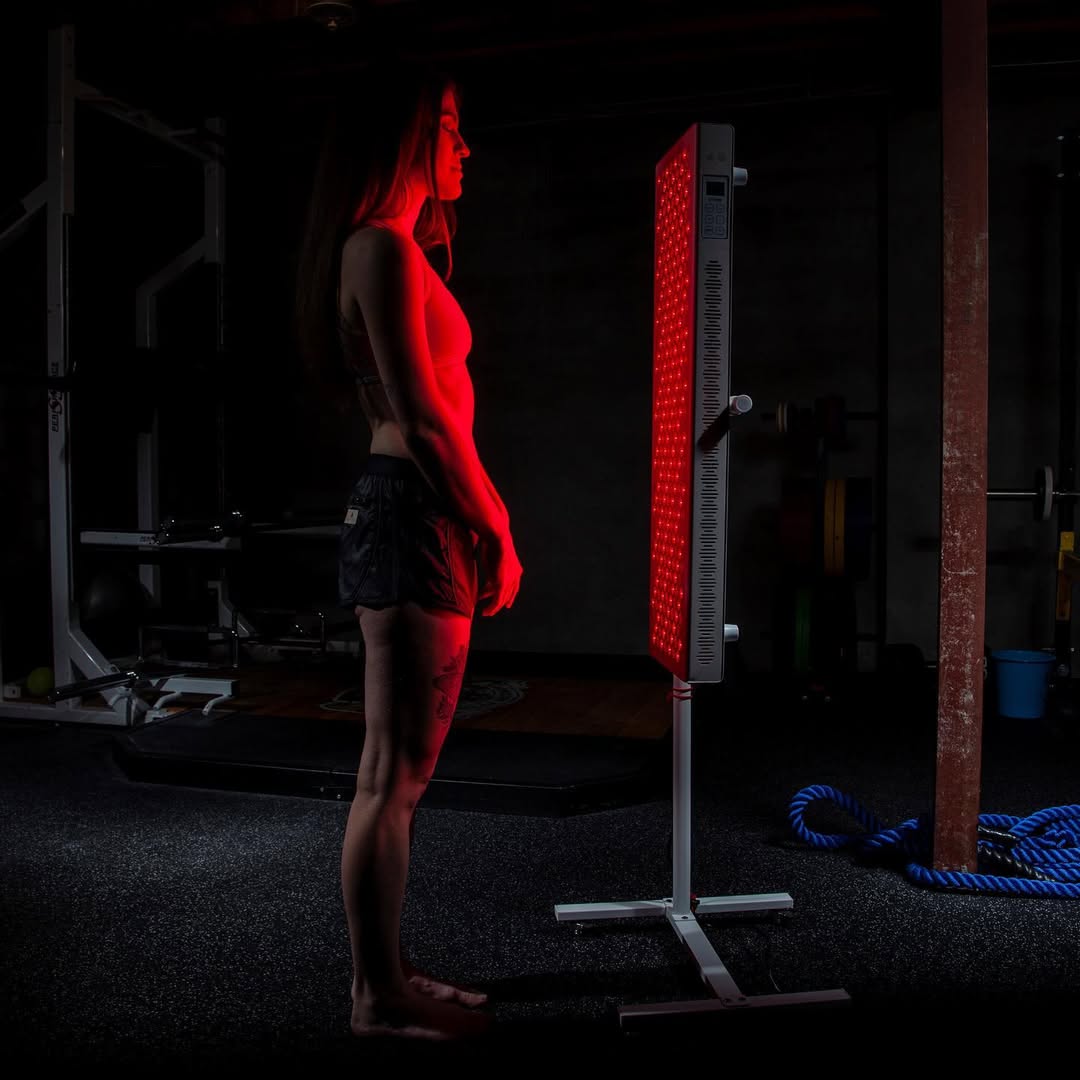![]() Free Shipping
Free Shipping ![]() Buy Now, Pay Later
Buy Now, Pay Later ![]() Eligible
Eligible
Red Light Therapy and Tattoos: The Ultimate Guide to Faster Healing, Better Color Retention, and Enhanced Skin Health

Tattoos are more than just body art—they’re a form of self-expression, a piece of personal history inked into the skin. But as anyone with a tattoo knows, the healing process can be a challenge. Swelling, scabbing, fading, and even infections can turn what should be an exciting experience into a frustrating one.
Enter red light therapy (RLT), a cutting-edge treatment that’s gaining popularity among tattoo enthusiasts and artists alike. Known for its ability to speed up healing, reduce inflammation, and even enhance tattoo vibrancy, RLT is becoming a game-changer in tattoo aftercare.
But how does it work? Is it safe? And how can you incorporate it into your tattoo care routine?
In this comprehensive 3000-word guide, we’ll dive deep into:
- What red light therapy is and how it works
- The science behind RLT and skin healing
- How red light therapy benefits tattoos (faster healing, less fading, reduced inflammation)
- Step-by-step guide to using RLT for tattoo aftercare
- Potential risks and precautions
- Expert opinions from dermatologists and tattoo artists
- Top red light therapy devices for tattoo healing
Whether you’re a tattoo newbie or a seasoned ink lover, this guide will give you everything you need to know about using red light therapy to keep your tattoos looking fresh and vibrant for years to come.
Chapter 1: What Is Red Light Therapy?
The Basics of Red Light Therapy
Red light therapy (RLT), also known as low-level laser therapy (LLLT) or photobiomodulation (PBM), is a non-invasive treatment that uses specific wavelengths of red and near-infrared light to stimulate cellular repair, reduce inflammation, and enhance collagen production.
Originally developed by NASA for plant growth experiments in space, RLT was later found to have remarkable benefits for human tissue repair. Today, it’s used for:
- Skin rejuvenation (reducing wrinkles, acne, scars)
- Pain relief (arthritis, muscle recovery)
- Wound healing (burns, cuts, surgical scars)
- Hair growth (treating alopecia)
- And now… tattoo healing!
How Does Red Light Therapy Work?
When red and near-infrared light (wavelengths between 630nm to 850nm) penetrate the skin, they energize the mitochondria (the powerhouse of cells). This boosts ATP (adenosine triphosphate) production, which fuels cellular repair and regeneration.
Key effects of RLT on the skin:
- Increased collagen & elastin production → Faster wound healing.
- Reduced inflammation → Less swelling and irritation.
- Enhanced blood circulation → Better oxygen & nutrient delivery to healing tissue.
- Stimulation of fibroblasts → Helps rebuild damaged skin.
All of these benefits make RLT an ideal companion for tattoo aftercare.
Chapter 2: How Red Light Therapy Helps with Tattoo Healing
Getting a tattoo is essentially a controlled injury—the needle punctures the skin thousands of times, depositing ink into the dermis. The body responds with inflammation, scabbing, and peeling, which can affect how the tattoo looks once healed.
Here’s how red light therapy improves every stage of tattoo healing:
1. Speeds Up Healing Time
- Stimulates cell regeneration → New skin forms faster.
- Reduces oxidative stress → Prevents excessive damage to tattooed skin.
- Minimizes scabbing & peeling → Less risk of ink loss.
Studies show that RLT can cut healing time by 30-50%, meaning your tattoo could look fully healed in 7-10 days instead of 2-3 weeks.
2. Reduces Inflammation & Pain
- Calms immune response → Less swelling and redness.
- Decreases prostaglandins (pain-causing compounds).
- Helps with bruising → Common in sensitive areas (ribs, elbows).
Many tattoo artists recommend ice packs or anti-inflammatory creams, but RLT offers a drug-free, non-invasive alternative.
3. Preserves Tattoo Vibrancy
One of the biggest fears with new tattoos is fading. Poor healing can cause patchy ink, but RLT helps by:
- Promoting even skin repair → No uneven fading.
- Boosting collagen → Prevents ink “bleeding” under the skin.
- Maintaining skin elasticity → Less cracking or blurring over time.
4. Lowers Risk of Infection
While RLT isn’t a substitute for proper aftercare (cleaning, moisturizing), it strengthens the skin barrier and enhances immune response, making infections less likely.
Chapter 3: How to Use Red Light Therapy for Tattoo Aftercare
Step-by-Step Guide
1. Pre-Tattoo Prep (1-2 Weeks Before)
- Start using RLT 3-4 times per week to prime the skin for better healing.
- Hydrate well and avoid sunburn.
2. Immediately After Getting Inked (First 48 Hours)
- Wait until the initial wound phase passes (first 1-2 days).
- Follow your artist’s aftercare (washing, ointment).
3. Starting RLT (Day 3 Onward)
- Use a FDA-cleared RLT device (more on this later).
- Session length: 5-10 minutes per area.
- Frequency: Daily or every other day for 2 weeks.
- Keep the tattoo moisturized (RLT + hydration = best results).
4. Long-Term Maintenance (Beyond Healing)
- Use RLT 1-2 times per week to preserve ink vibrancy.
- Combine with sunscreen to prevent UV fading.
Best RLT Devices for Tattoos
VELLGUS Elite V2
THE #1 RATED RED LIGHT DEVICE
VELLGUS pro V2
THE #1 RATED FULL BODY RED LIGHT DEVICE
| Device | Wavelength | Best For | Price Range |
|---|---|---|---|
| Vellgus Elite | 660nm & 850nm | Portable, high power | $$$ |
| Vellgus Pro V2 | 630nm-660nm-850nm | Full-body coverage | $$-$$$ |
| Vellgus Max | 650nm & 850nm | Budget-friendly | $-$$ |
| CurrentBody Skin LED Mask | 633nm | Face/neck tattoos | $$ |
Chapter 4: Potential Risks & Precautions
Is Red Light Therapy Safe for Tattoos?
Yes—RLT is non-UV, non-thermal, and non-invasive, making it safer than lasers or harsh creams. However:
- Avoid using on fresh tattoos (first 48 hours) → Let the skin close first.
- Don’t overuse → Stick to recommended session times.
- Patch test if you have sensitive skin.
Myth Busting: Does RLT Fade Tattoos?
No! Unlike UV light (which breaks down ink), red light doesn’t degrade tattoo pigments. In fact, it helps preserve color by keeping skin healthy.
Chapter 5: What Tattoo Artists & Dermatologists Say
Tattoo Artist Testimonials
“I’ve seen clients heal 50% faster with RLT. Less scabbing means better ink retention.” – Sarah M., Ink Master Contestant
Dermatologist Insights
“RLT enhances collagen and reduces inflammation, making it ideal for tattoo aftercare.” – Dr. Jessica Wu, Board-Certified Dermatologist
Final Thoughts: Should You Use RLT for Your Tattoo?
If you want:
✅ Faster healing
✅ Less pain & swelling
✅ Longer-lasting ink vibrancy
Then red light therapy is a must-try for your next tattoo.
Next Steps:
- Consult your tattoo artist before starting.
- Invest in a quality RLT device (or visit a clinic).
- Follow aftercare protocols (cleaning + moisturizing).
Your tattoo is an investment—why not heal it the best way possible?
FAQs
Q: Can I use RLT on old tattoos?
A: Yes! It helps rejuvenate faded ink by improving skin health.
Q: How soon will I see results?
A: Most notice less redness within 1-2 days and faster peeling by day 5.
Q: Does RLT work on all skin tones?
A: Absolutely—unlike lasers, RLT is safe for all skin types.








